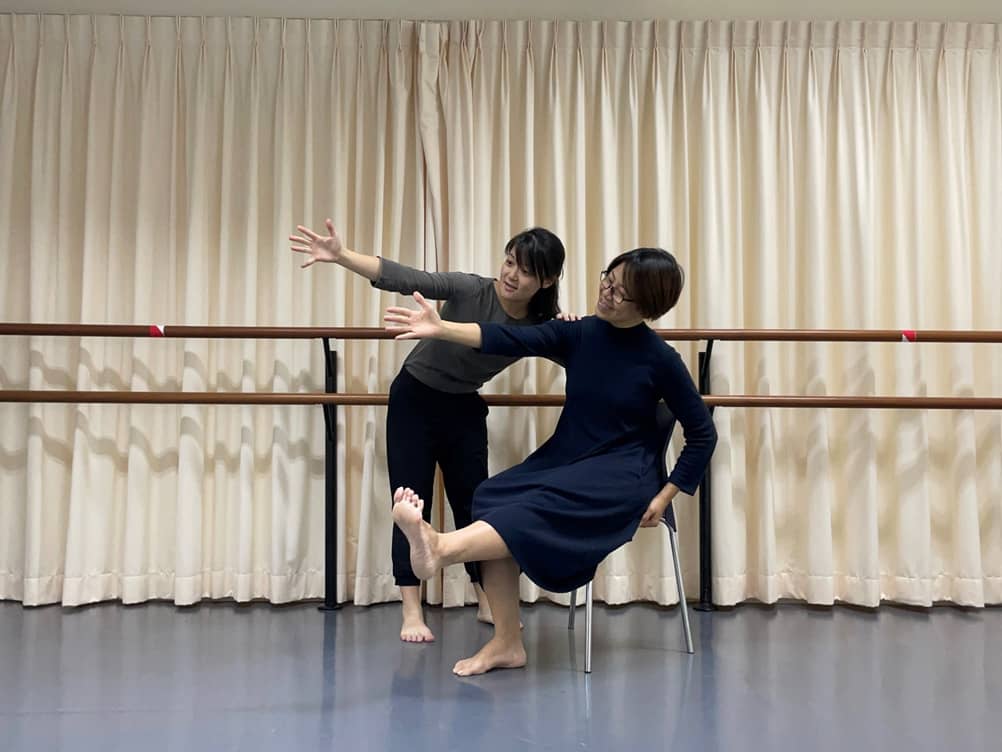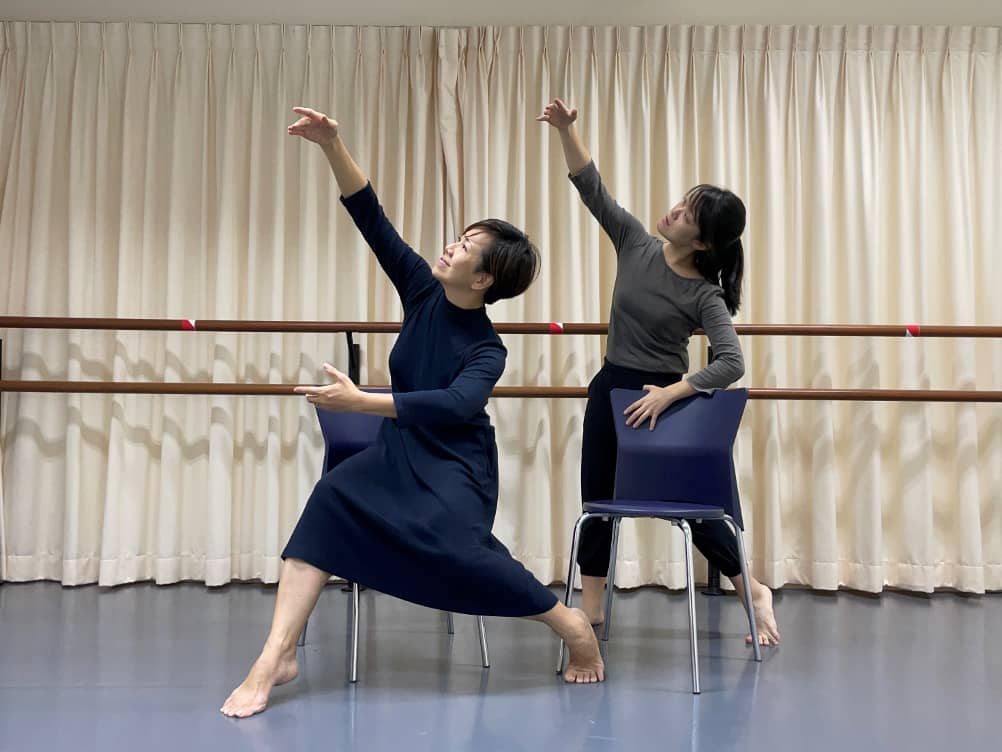Crestar launches Dance Therapy for personal wellbeing
June 3, 2021

Dance instructors Ms Cerise and Ms Elaine hold a dance therapy position.
Crestar School of Dance has launched a series of Dance Movement Therapy programmes that has been designed to support both physical and mental health. The programmes helps to reduce stress, prevent disease and manage moods.
Dance Movement Therapy helps improve cognitive, emotional and motor functions to bring about body-mind connection and integration which improves one’s quality of life as a whole. Dance therapy lessons are suitable for all age groups and can be tailored to suit the needs of individuals. Each session lasts up one hour.
Dance Therapy programmes include the following:
- Dance Movement Therapy for people with Parkinson’s disease (no age limit)
- Dance Movement Therapy for people with Dementia (no age limit)
- Creative Dance for Special Needs (7 years old and above)
We speak to our two Dance Therapy instructors, Ms Cerise Tean and Ms Elaine Chan, who conduct the classes. They share their training in dance therapy and how they feel about what they do.

Benefits of Dance Movement Therapy include improved flexibility and mobility, as well as mood awareness and regulation.
Why did you decide to go into dance?
Elaine: I loved dancing as a child and never had formal dance training except to attend extra-curricular activities in school. My parents saw how passionate I was and allowed me to pursue dance full time after secondary school. The rest is history…
Cerise: Dance started as a personal interest and as I became more aware of how movement could affect me holistically, it got me curious. I was introduced to dance therapy and discovering what dance and movement could do to one, it just clicked right there.
The both of you conduct lessons together – what is a typical dance therapy session with the both of you like?
Elaine: A typical session begins with a good warm-up session, whether seated, supported standing or fully standing. We then bring in an activity involving cross-lateral movements before we take our participants through a time of movement exploration.
Cerise: It could be exploring movement qualities, textures or going with a particular dance theme. We always encourage personal as well as partner work, providing space for non-verbal interaction with others. We will have a short movement or dance choreography sequence to harmonise the group before we close the session with a cool-down exercise.
What are some benefits of dance you have experienced personally or seen in students?
Elaine: The ones I have personally seen and experienced are muscular flexibility and mobility (extension of movement range), self-confidence, self-expression and the ability to communicate better with others. Students have also experienced improved mood awareness and regulation.
What is one of the biggest misconceptions about dance therapy?
Elaine: People might think Dance Therapy are like warm-up exercises with a limited range of movements. That is not true. Dance Therapy helps individuals engage their mind and body in a holistic way. We use analogies to expand their movement vocabulary and creativity. They come to class feeling one way and always go out of class feeling energised and empowered.
Cerise: I tend to get the question, “So how does watching dance help people in dance therapy?” Dance therapy is about the participants moving, engaging and interacting themselves. Dance therapy is not a passive treatment session.
What are some of the popular songs/ tunes your students dance to?
Elaine: We generally use instrumental pieces, as those with lyrics can be distracting for the student.
Cerise: We always reach out to our participants for suggestions as well.
What inspires your dance moves?
Cerise: What I am feeling on the inside.
Elaine: I think of what I want to give: encouragement and hope, for people to draw people near.
How do you keep yourself updated to the latest dance therapy trends?
Cerise: Researching. Reading. Personal movement exploration. Being curious about the body.
Elaine: Researching and exploring. I enjoy watching living things – humans, animals and the nature. I enjoy watching their movements through different activities. This provides me a wider range of analogies and helps me break down movement in class.
What is the one thing you would say to someone who is contemplating dance therapy?
Together: Come and have fun moving, build a stronger body and make new friends!
About Our Dance Instructors
Cerise has a Master of Arts in Dance Movement Psychotherapy and is registered with the Association for Dance Movement Psychotherapy in the United Kingdom (UK). She has worked with people with Dementia and Parkinson’s disease, partnered Déda to pilot a Dance and Dementia programme as well as worked with young adults with learning disabilities in Hubbub Theatre Company in the UK.
Elaine graduated with a Dance Diploma from the Nanyang Academy of Fine Arts (NAFA). She was a dance instructor with Tammy L. Wong Dance Company and has performed extensively within and outside Singapore. She has been teaching modern dance and choreographing in schools and churches since 1996.
Both Cerise and Elaine have attained the “Dance for Parkinson’s Disease” introductory training certification from Mark Morris Dance Group, New York, and Inspirees Institute, The Netherlands.
Find out more about our Dance Movement therapy classes here: https://crestardance.com.sg/contact-us/.

